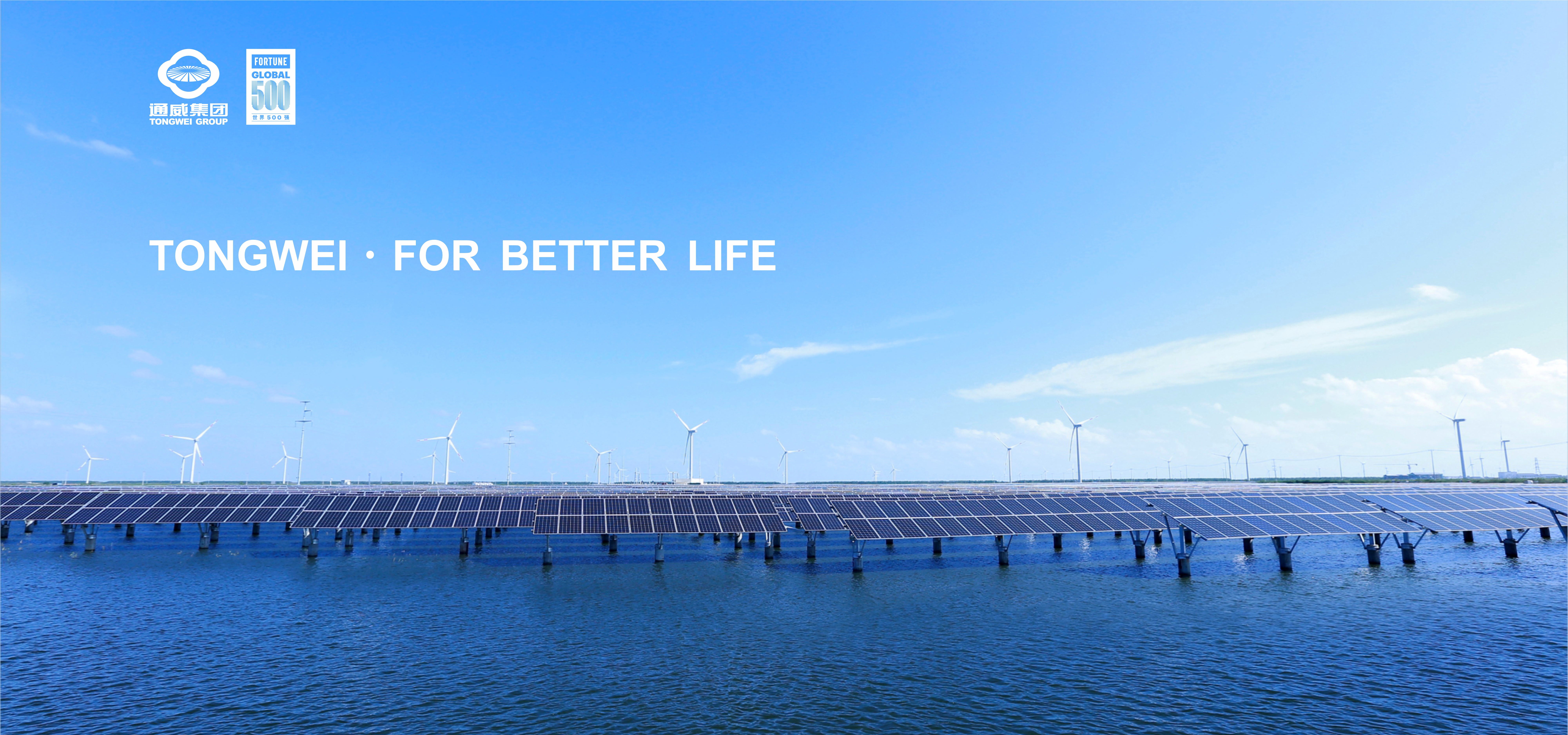2025-06-11
Kiwa PVEL (hereinafter referred to as PVEL), a leading global PV module reliability and performance testing laboratory, recently released its "2025 PV Module Reliability Scorecard". In the latest test results, Tongwei's TNC modules demonstrated outstanding performance, achieving top scores across the entire reliability test sequence. This comprehensive validation confirms that Tongwei's TNC modules not only meet IEC standards but also excel under various extreme and harsh environmental conditions, showcasing the superior reliability and performance advantages of Tongwei modules. Consequently, Tongwei is one of only two manufacturers among the top 10 module producers to pass all seven reliability tests and receive the PVEL 2025 "Top Performer" award for PV modules, marking the second consecutive year Tongwei has received this honor since fully entering the module business.

PVEL conducts rigorous tests annually, exceeding IEC certification standards to simulate the reliability of modules under different extreme environmental conditions. These tests serve as a crucial benchmark for assessing the long-term reliability and performance of PV modules within the industry. The PVEL tests in 2025 include the TC600, DH2000, PID192, LeTID486, MSS (Mechanical Stress), HSS (Hail Test (40mm)), and Panfile test sequences, with the addition of the UV120 test sequence.

Building on the consistently proven reliability of TNC modules, Tongwei continues to strive for higher efficiency and greater value. The TNC 2.0 module, launched by Tongwei in 2025, leverages four core technologies: 908 technology (Tongwei's independently developed 0BB technology), TPE technology, Poly Tech, and steel screen printing. This approach fully unlocks the potential of N-type modules, expands the boundaries of module efficiency, and achieves simultaneous improvements in module efficiency, power output, and bifaciality. Furthermore, it lays a solid foundation for subsequent technological iterations and functional expansions.

